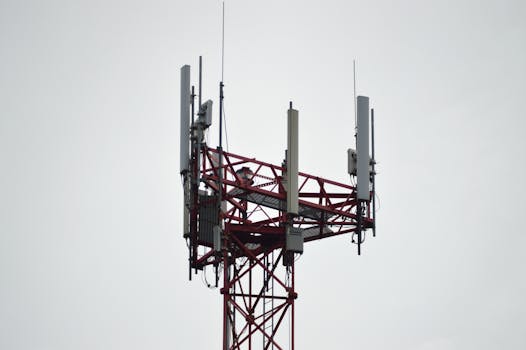
From Fiber Optics to Flexible Glass: A New Era in High-Speed Data Transmission
From Fiber Optics to Flexible Glass: A New Era in High-Speed Data Transmission has begun, with the demand for high-speed data transmission increasing exponentially, the need for innovative solutions has become paramount. For decades, fiber optics have been the cornerstone of high-speed data transmission, enabling the rapid exchange of information across the globe. However, with the advent of flexible glass, a new era in high-speed data transmission is unfolding, promising even faster and more reliable connectivity.
The transition from fiber optics to flexible glass marks a significant milestone in the evolution of data transmission. Fiber optics, which use light to transmit data through thin glass or plastic fibers, have been the standard for high-speed data transmission for many years. However, flexible glass, a revolutionary new material, is poised to disrupt the status quo. Flexible glass is a type of glass that can be bent and flexed without breaking, making it an ideal material for use in high-speed data transmission applications.
The Benefits of Flexible Glass

Flexible glass offers several benefits over traditional fiber optics. For one, it is more flexible and can be bent to fit into tight spaces, making it ideal for use in applications where space is limited. Additionally, flexible glass is more resistant to damage and can withstand extreme temperatures, making it a more reliable option for high-speed data transmission. Furthermore, flexible glass can transmit data at speeds of up to 100 Gbps, making it faster than traditional fiber optics.
Another significant advantage of flexible glass is its potential to enable the creation of more complex and flexible network architectures. With flexible glass, network architects can design networks that are more adaptable and resilient, able to withstand failures and disruptions. This is particularly important in applications such as data centers, where high-speed data transmission is critical and downtime can be catastrophic.
Applications of Flexible Glass

The applications of flexible glass are vast and varied. One of the most significant applications is in the field of data centers, where flexible glass can be used to create high-speed networks that are faster, more reliable, and more flexible. Flexible glass can also be used in applications such as 5G networks, where high-speed data transmission is critical. Additionally, flexible glass can be used in applications such as autonomous vehicles, where high-speed data transmission is necessary for real-time communication and navigation.
Flexible glass can also be used in applications such as smart cities, where high-speed data transmission is necessary for the creation of intelligent transportation systems, smart grids, and other urban infrastructure. Furthermore, flexible glass can be used in applications such as healthcare, where high-speed data transmission is necessary for the transfer of medical images and other critical data.
Conclusion

In conclusion, the emergence of flexible glass marks a new era in high-speed data transmission. With its flexibility, reliability, and speed, flexible glass is poised to revolutionize the way we transmit data. From data centers to 5G networks, autonomous vehicles to smart cities, the applications of flexible glass are vast and varied. As the demand for high-speed data transmission continues to grow, flexible glass is likely to play an increasingly important role in enabling the creation of faster, more reliable, and more flexible networks.



